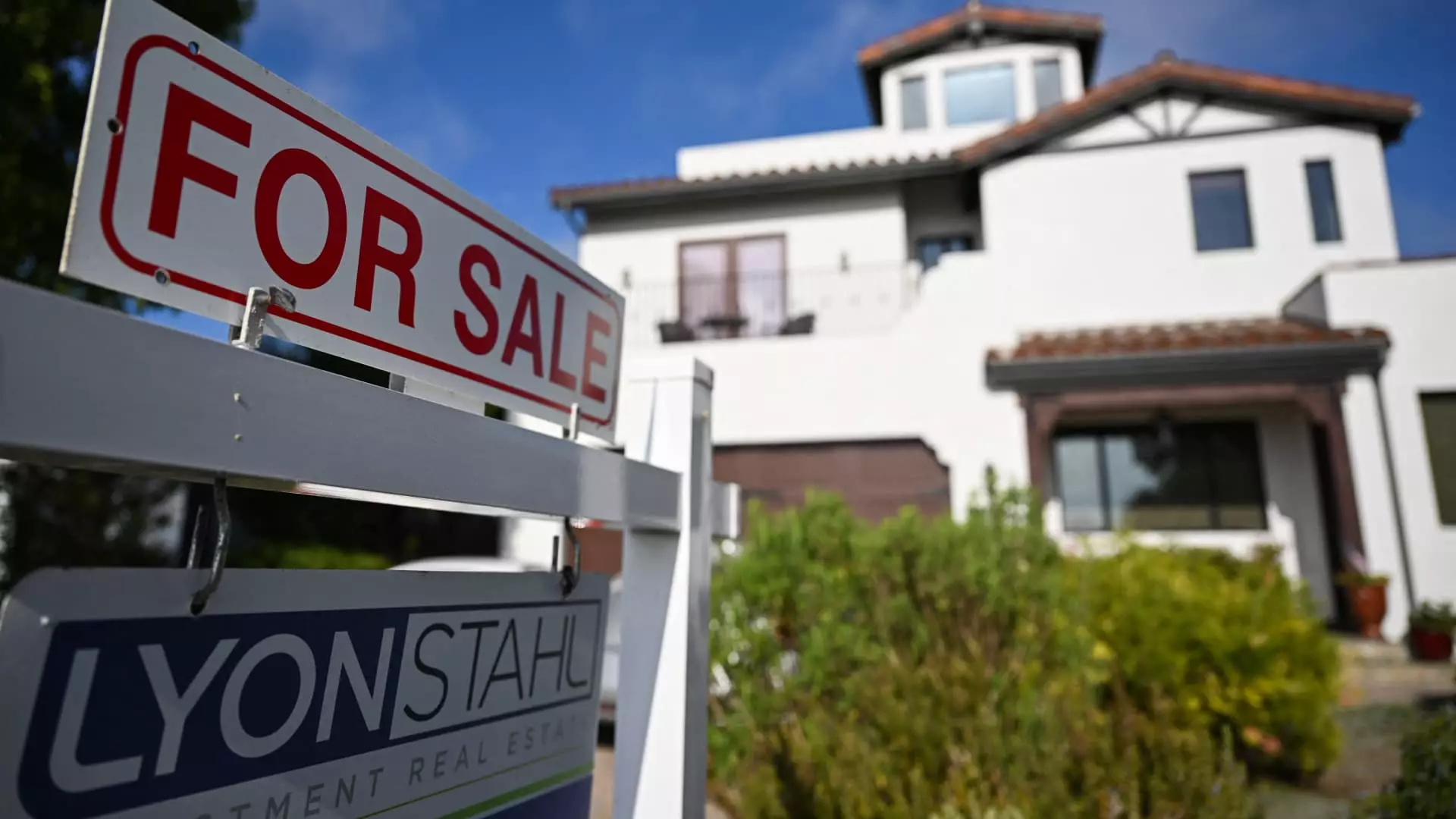Real estate markets across the nation are experiencing a shift as the supply of homes for sale is increasing. Data from Realtor.com shows that active listings in August saw a substantial 36% jump compared to the previous year. This marks the 10th consecutive month of annual growth in inventory. Despite the rise, the supply of homes remains 26% lower than levels seen in August 2019, before the onset of the pandemic. The surge in listings is resulting in sellers holding back, evident from the decrease in new listings by 1% compared to the previous year.
The growing inventory of homes is linked to a key change in market dynamics – homes are spending more time on the market before being sold. According to Danielle Hale, chief economist at Realtor.com, this trend is causing price cuts to become more frequent, asking prices to stabilize, and homes to take longer to sell. The anticipation of further decreases in mortgage rates following the recent Fed rate cut is leading some buyers and sellers to adopt a wait-and-see approach, as reflected in the decline in loan applications for home purchases.
Regional Disparities in Inventory Growth
While the uptick in inventory is a nationwide phenomenon, certain cities are witnessing substantial gains. Tampa, Florida has seen its inventory swell by over 90% compared to a year ago, followed by San Diego with an 80% increase, Miami with a 72% increase, Seattle with a 69% increase, and Denver with a 67% increase. Regionally, the South experienced the highest growth in active listings at 46%, followed by the West at 35.7%, the Midwest at 23.8%, and the Northeast at 15.1%.
As the supply of homes outpaces demand, properties are spending more time on the market before being sold. The average number of days a home spent on the market in August increased by seven days compared to the previous year, marking the slowest August pace in five years. Ralph McLaughlin, senior economist at Realtor.com, noted that for every 5.5 percentage point increase in the year-over-year number of active listings, the market tends to slow by about one day, leading to potential delays of up to 15-20 days in certain markets.
Price Adjustments Reflecting Changing Market Conditions
The influx of inventory and extended selling times are beginning to impact home prices. The proportion of homes with price reductions rose to 19% in August, a 3-percentage point increase from the prior year. The median list price experienced a 1.3% decline year over year as a result of an altered mix of homes available for sale, with smaller homes making up a larger share. Despite the dip, prices remain significantly higher than August 2019 levels, with a 36% increase.
The real estate landscape is undergoing a transformation with the increase in housing inventory and longer selling times influencing market dynamics. As supply continues to outstrip demand, buyers and sellers are facing changing conditions that necessitate strategic decision-making. The evolving trends in the housing market underscore the importance of adapting to shifting conditions and understanding the implications for both buyers and sellers.

